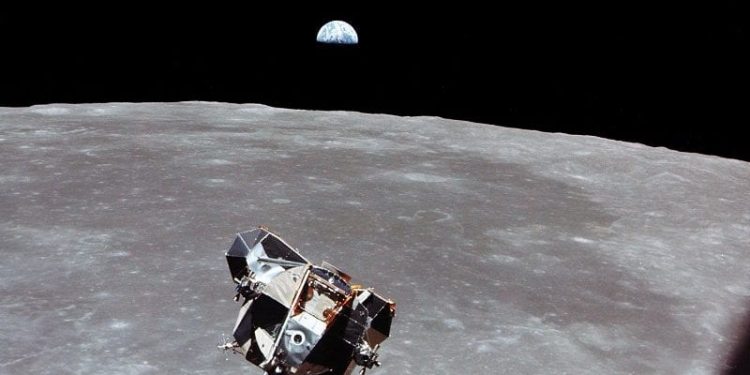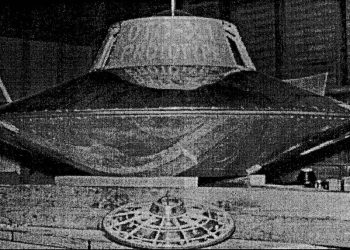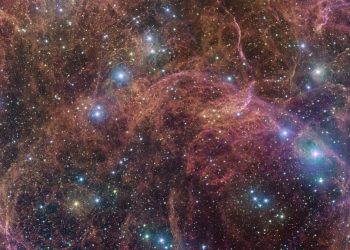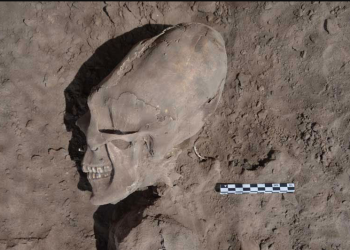When you look at the iconic images of astronauts exploring the Moon, one thing seems noticeably absent: stars. Despite being in the vacuum of space, surrounded by the cosmos, the photos of these lunar adventures show a stark, starless backdrop. Why is that? Did NASA forget to add stars to their supposed “hoax,” as conspiracy theorists might claim? Or is there a more practical explanation?
As revealed by IFLScience, the truth lies in science, photography, and the unique environment of the Moon itself.
Why Aren’t Stars Visible in Lunar Photos?
First, let’s tackle a common misconception. Stars are, in fact, visible from the Moon. However, spotting them depends on certain conditions. The Apollo astronauts landed on the Moon during its daytime, when sunlight illuminates the surface with blinding intensity. In these conditions, the human eye—and even cameras—struggles to pick up the faint light of distant stars.
As Neil Armstrong once stated during a press conference: “We were never able to see stars from the lunar surface or on the Daylight Side of the Moon by eye without looking through the optics.” Buzz Aldrin echoed this sentiment, saying:
“I don’t remember seeing any.”

The Apollo missions aimed to capture detailed images of the lunar surface and the astronauts themselves. To achieve this, cameras were adjusted to account for the bright lighting conditions, using fast shutter speeds and small apertures. While this ensured clear photos of the astronauts and the Moon’s surface, it effectively erased the stars from view in the background—just as taking a daytime photo on Earth would. Makes sense, right?
The Exception: A Glimpse of the Stars
Although most Apollo missions didn’t capture starry skies, Apollo 16 was an exception. This mission carried the Far Ultraviolet Camera/Spectrograph, a groundbreaking instrument designed to study celestial phenomena from the Moon. According to NASA’s Tricia Talbert: “The Moon-based telescope studied a variety of star clusters as well as nebulae—clouds of gas and dust where new stars will be born. Astronauts also pointed it at the Large Magellanic Cloud, a small galaxy orbiting the Milky Way.”
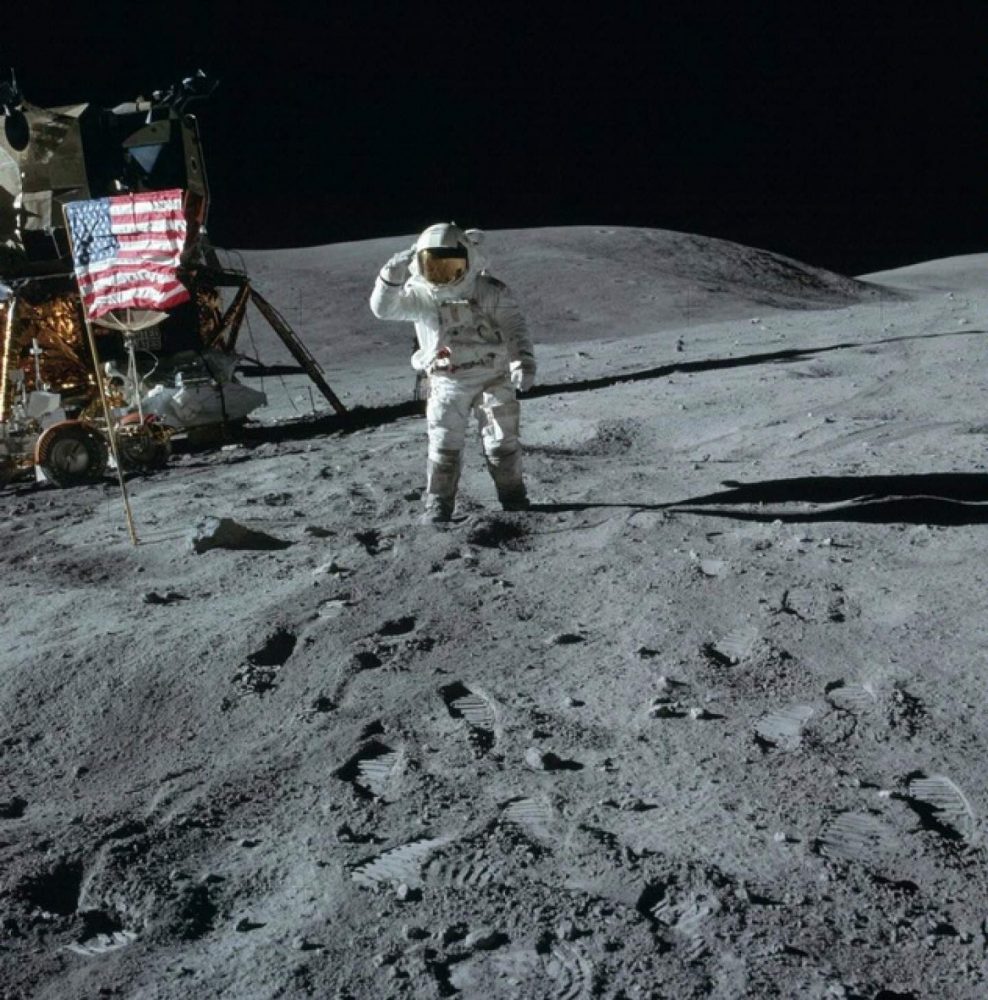
The Far Ultraviolet Camera could capture “direct images” of celestial objects and analyze their light through spectroscopy, providing groundbreaking data on distant stars and nebulae. Thanks to this instrument, the Moon offered a unique vantage point free from Earth’s atmospheric distortion, giving scientists clearer insights into the cosmos.
The Stars From a Different Perspective
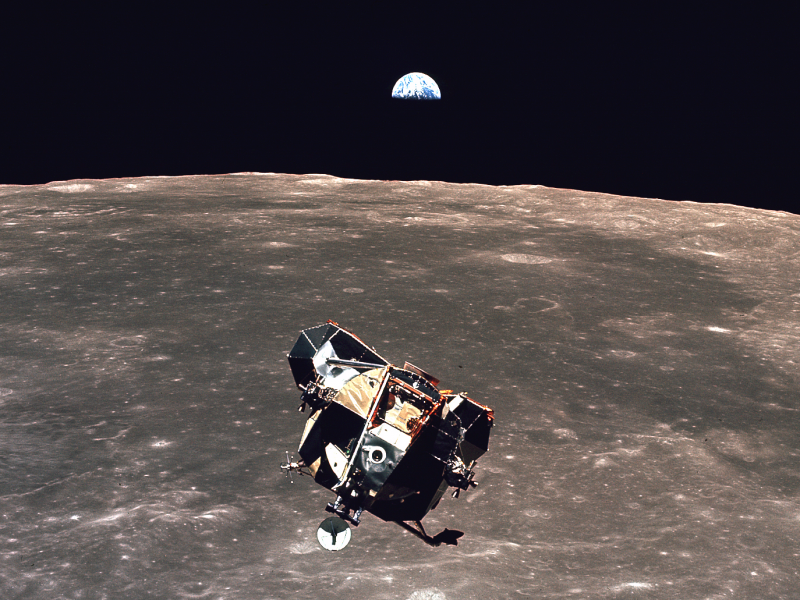
While the astronauts on the lunar surface were busy exploring, Michael Collins had a more solitary and reflective experience. As he orbited the Moon in the command module, drifting behind its dark side, Collins witnessed the stars in their full glory. Cut off from Earth and his fellow astronauts, he found a profound sense of peace in this isolation. In his memoir Carrying the Fire, he described the scene: “Outside my window, I can see stars – and that is all. Where I know the Moon to be, there is simply a black void; the Moon’s presence is defined solely by the absence of stars.”
For Collins, this quiet moment offered a unique connection to the universe, a perspective both humbling and exhilarating.
The absence of stars in lunar photos is not evidence of a cover-up but rather a testament to the practical challenges of photography and the dazzling brightness of the Moon’s surface during the day. For those lucky enough to see the stars from the Moon, whether through advanced optics or moments of solitude, the view offers a clarity and brilliance unmatched on Earth. It’s a reminder of our small place in the vast cosmos and the beauty that awaits beyond our atmosphere!



